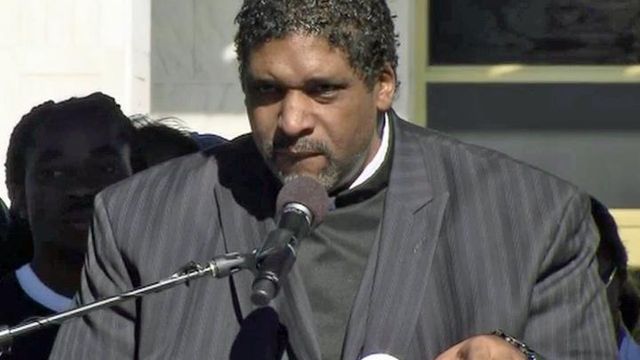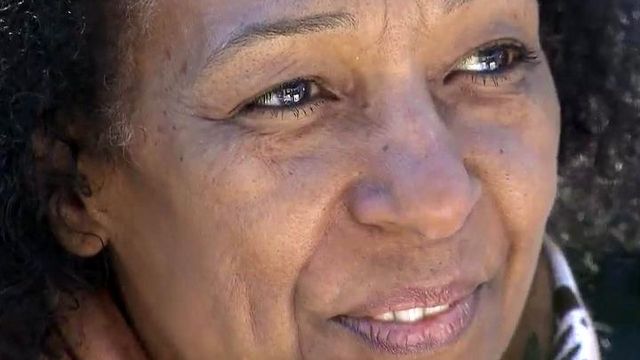Civil rights rally draws thousands in downtown Raleigh
Economic sustainability, educational equality and universal healthcare were on the agenda Saturday when demonstrators from several of North Carolina's civil rights and left-leaning groups held an annual march and rally in downtown Raleigh.
Posted — Updated"In the face of our progressive agenda, we've seen a new ultra-conservative, Republican-led leadership unleash a cruel and unusual attack on labor rights, unemployment rights, Medicaid and voting rights," Barber said. "It will have a devastating impact on the poor and working people."
The state chapter of the NAACP in January urged state lawmakers to focus on issues surrounding poverty and economic justice.
The state's poverty rate is 12th highest in the U.S., with one of every four children living in poverty. The rate is much higher for black and Latino children.
The NAACP says 1.7 million North Carolinians live in poverty – about the same number as in 1968.
"The gap between the rich and poor is wider than it was during the Great Depression," Barber said. "There are 700,000 in deep poverty, 600,000 children. There are 10 counties where the poverty rate has been over 20 percent for more than 30 years."
• Credits
Copyright 2024 by WRAL.com and the Associated Press. All rights reserved. This material may not be published, broadcast, rewritten or redistributed.






